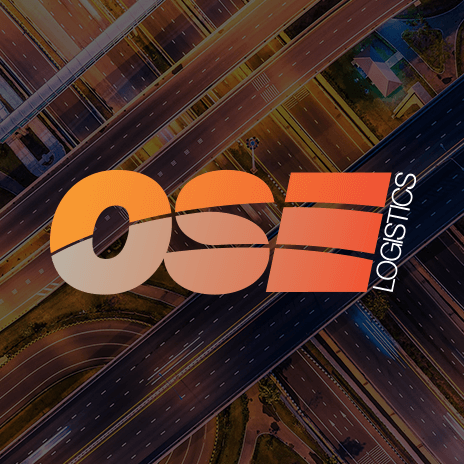
Hazardous and Chemical Transportation in India
In recent years, the significant growth of the oil, gas and chemical industries in India have increased concerns over the transportation of hazardous and chemical consignments.
In addition to concerns regarding infrastructure, suitable storage facility and suitable equipment and technology in India, the lack of continuous interaction between the chemical industry and transport and logistics service providers is posing serious to the development and growth of the sector.
However, recently, following funding from the government in the areas of storage facilities and new equipment, the logistics sector is seemingly moving in the right direction.
The unparalleled growth of the chemical industry in India has led to the increase in the proportion of hazardous chemicals in the total freight traffic. This increase in freight traffic has seen a rise in demand to store and distribute temperature-sensitive products in challenging conditions, which has resulted in a higher need to monitor cold chain supplies in the country.
The process behind risk management of hazardous materials transportation involves organising, planning, executing and monitoring a set of operations that aims to decrease the probability of accidents and reduce the relevant potential consequences. This risk management process adheres to preventative and repressive safety measures.
The preventive measures aim to eliminate the potential causes of accidents for example the roadway system defects, mishandling by drivers and mechanical errors in vehicles. In addition, driver training, policies related to driving hours, container specifications, vehicle and mechanical conditions monitoring equipment and routing through safe roadway segments are other important elements. These practices are yet to be fully embraced in India, despite the rapid growth of the transport and logistics business.
According to a director at a leading express transport company, while the logistics business in India is on the rise, transportation of chemicals is still blemished by certain challenges with respect to real-time tracking and tracing, qualified personnel to handle chemical cargo, cost-effective special packaging solutions, immediate custom clearance, retaining the temperature at trans-shipment hubs and gateways, and compliance to regulatory requirements at the origin and at the destination.
Despite its unique production and distribution qualities, matching supply to demand has specifically impacted the chemical industry. While the shift means increased use of ocean transport for imports and exports, companies managing smaller shipments are opting for truckload and rail intermodal services in place of rail bulk. Forward staging of inventories in tank storage and bulk facilities appears to be declining as many third party logistics service providers report more products moving directly to consumption.
Everything is not bad for hazardous chemical transportation segment. Growth of the chemical industry has been the most encouraging factor for players in the logistics space. For this reason, many domestic and international logistics service providers are investing extensively in this service, which will result in best practices and added expertise being brought into this particular segment.
The Indian government has been making positive moves in the direction of encouraging the industry. Grants to establish new storage facilities in the region of 25 per cent of capital expenditure, reduction in peak import duties on equipment imported for storage facilities and taxes on them, are some of the incentives provided. The measure will definitely boost the morale of the logistics players and facilitate the smooth functioning of hazardous chemical logistics sector.
Find out more about OSE’s range of transportation services including hazardous transport, here.
